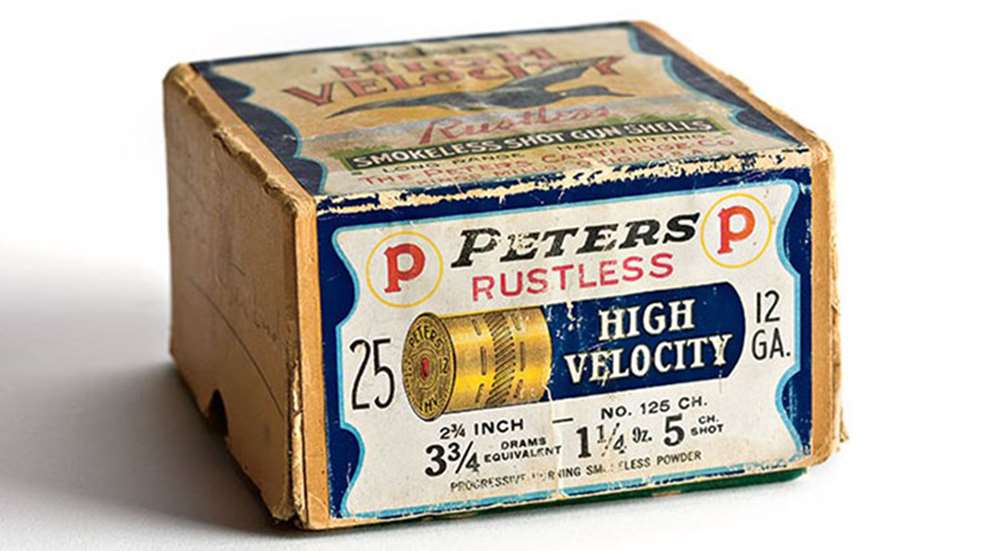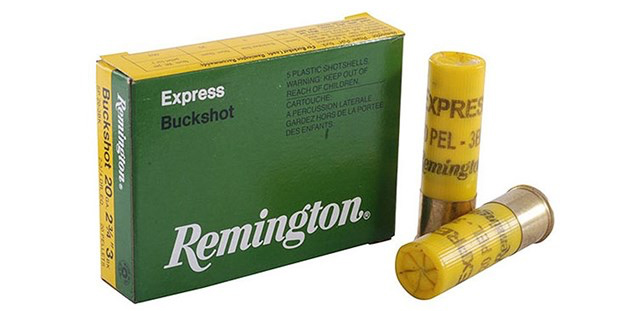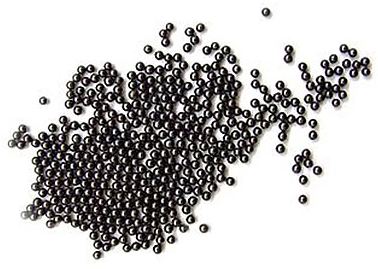
The numbers printed on the top flap of shotgun shell boxes are a form of shorthand that states the specific purpose for the loads within. Normally there are five separate numbers, all of them indicating various measures of the shell and its components. This can be puzzling to newcomers, but understand, the shooter’s safety depends on pairing his or her gun with the correct shells. Furthermore, the shotgunner’s potential to shoot effectively also depends on selecting the correct shells. Fortunately it’s not a difficult system to learn.
From brand to brand, and especially with older boxes, there may be some variation in the numbers’ order. And one category—essentially the kinetic force of the load—can be found expressed in two different ways, as we’ll explain below. For the most part though, ammunition companies list the vital stats in a standard order that soon becomes second nature.
Here’s a five-step lesson to help new shooters ensure their shotgun shooting is safe and on target.
1. Gauge—This is the measurement of the diameter of the shell case, which corresponds to the diameter of the inside of the barrel, i.e., the bore. It is absolutely critical to load your shotgun with ammunition of the same gauge. Shotguns today are manufactured in (from largest to smallest): 10, 12, 16, 20 and 28 gauges, plus one termed as .410 bore. Always match the gun and shotshell, using only the same gauge. Don’t assume, because a shell seems to fit, that it is the right size. Double-check the markings on the gun, the box and on the shell itself to ensure they match. Safe shooters carry only ammunition that matches the shotgun they are using.
2. Shell Length--Next is the length of the shell, normally measured in inches. Most shotguns are chambered for 2¾-inch or 3-inch shells, with some guns being chambered at 3½ inches. Shorter specialized shells also exist, but are uncommon. Check your gun barrel or owner’s manual to verify what maximum shell length your gun will accommodate. Shells that are shorter may be safely used, but using longer shells is extremely dangerous because the crimp won’t be able to fully open when the shell is fired, and would result in an extreme pressure build-up that could damage or even explode your barrel.
3. Velocity—Knowing how fast the shot leaves the muzzle is one key to understanding how well it will perform on target. Some shotgun tasks, such as hunting large game birds and making distant shots on game require high velocity. But such tasks as shooting claybirds or certain home defense shotgun applications are accomplished with shells that produce more moderate velocities. Usually listed in feet per second (fps), velocities typically range from 1,100 fps to 1,500 fps. Alternately, shotshell boxes may contain a velocity indicator: “Dr. Eq.,” which stands for Dram Equivalent. The first shotshells were loaded with blackpowder measured in “drams”, and so the number on these boxes is the equivalent in today’s smokeless powder. Rather than a number, however, it’s not unusual to see it listed as “Max.” (maximum) or “Mag.” (magnum), indicating the shells are loaded at or near the upper safety limit. Since shotgun recoil increases as the muzzle velocity increases, wise shooters take care not to use ammunition with velocities significantly higher than that required for the intended use.
4. Weight of Shot Charge--Inside each shotshell is a quantity of small, round pellets, collectively known as the shot charge. Charges mostly range from ½ ounce to 2½ ounces. Commonly, 12-gauge shells contain 1-, 1⅛- or 1¼-ounce loads. The standard 20-gauge shell has ⅞ ounce of shot. While it’s beneficial to strike the target with multiple pellets, keep in mind that with all else equal, the heavier the shot charge, the greater the recoil! Use a charge weight large enough to be effective but not so excessive that it makes shooting unnecessarily uncomfortable. Clay target sports often limit the permitted charge weights. 5. Pellet Size—For the most part, all pellets in a given shell are of uniform diameter. Standard sizes are expressed in various letters and numbers, as well as in seven different sizes of “buck shot.” The various buck shot and those designated by letters FF, F, TT, T, BBB, BB and B are the largest. Numbered pellets begin at No. 1 and run to No. 12. Accordingly, the largest commercially loaded pellets are 000 Buck (.36 inches) while the smallest is No. 12 (.050 inches). The rule of thumb is to use larger pellets for bigger purposes. Buck shot is used for home defense, deer hunting, and personal protection from predatory animals. Bird hunters typically use loads ranging from BB for Canada geese to No. 8 or 9 for doves and woodcock. (Turkey hunting is a notable exception, as state regulations often restrict pellet size to No. 4, 5 and 6, which is effective on close-up targets during spring gobbler seasons.) Clays shooters mostly use No. 7½ and 8.
5. Pellet Size—For the most part, all pellets in a given shell are of uniform diameter. Standard sizes are expressed in various letters and numbers, as well as in seven different sizes of “buck shot.” The various buck shot and those designated by letters FF, F, TT, T, BBB, BB and B are the largest. Numbered pellets begin at No. 1 and run to No. 12. Accordingly, the largest commercially loaded pellets are 000 Buck (.36 inches) while the smallest is No. 12 (.050 inches). The rule of thumb is to use larger pellets for bigger purposes. Buck shot is used for home defense, deer hunting, and personal protection from predatory animals. Bird hunters typically use loads ranging from BB for Canada geese to No. 8 or 9 for doves and woodcock. (Turkey hunting is a notable exception, as state regulations often restrict pellet size to No. 4, 5 and 6, which is effective on close-up targets during spring gobbler seasons.) Clays shooters mostly use No. 7½ and 8.







































